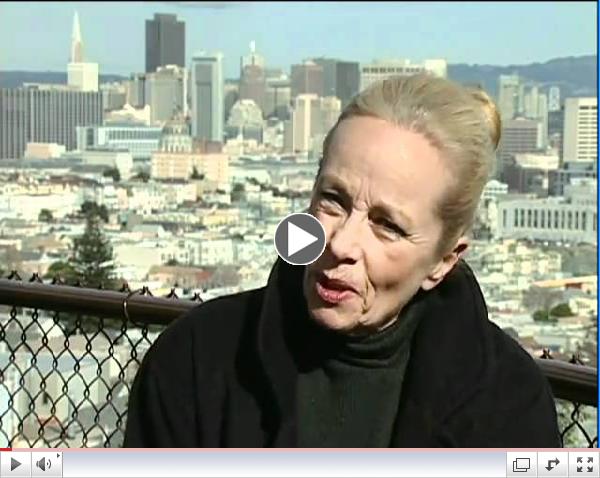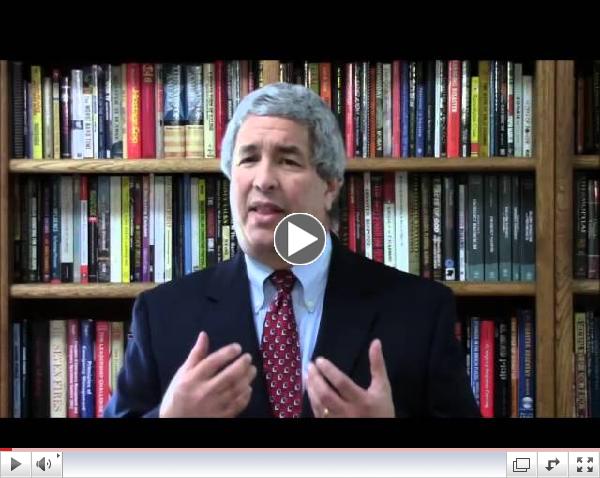|
Monthly Video
 | | The San Francisco Earthquake Shacks of 1906 |
One of the fascinating aspects of the 1906 San Francisco earthquake and fires is the massive recovery effort following the disaster. Housing was non-existent and the city came up with the solution described in this video, remnants of which still exist today.
|
Blog Highlights
The following are excerpts from my blog
Canton on Emergency Management. Please visit my blog to see the rest of my articles.
|
|
Leadership Coaching
By special arrangement with Sonoma Leadership Systems, I now offer the renowned Leadership Challenge® program on an individual basis designed exclusively for emergency managers
Benefits
-
Gain a better understanding of your leadership strengths and weaknesses.
-
Clarify your fundamental values and beliefs
-
Identify areas for immediate and long term improvement
-
Create a Personal Development Plan with measurable and achievable goals
What You Get
- A personal assessment of your leadership practices using the Leadership Practices Inventory®
- An individual 1-hour telephone counseling session with me to review your LPI® results
- A copy of Kouzes and Posner's The Leadership Challenge
____________________
Special Offer!
Leadership Coaching at 25% savings
As a thank you for being a reader of Emergency Management Solutions, I am offering you a 25% discount on my coaching programs for a limited time. Just click on the Leadership Challenge link below to get started:
|
 | | My Website |
Follow Me
 | |
Newsletter Archive
|
|
|

Welcome to the April issue of Emergency Management Solutions.
April is earthquake month in San Francisco. The events of April 18, 1906 and the days following still hold a strong attraction for true San Franciscans. It's a time when we remember the dead and rededicate ourselves to preparing for the the next major earthquake. My featured article this month asks what might have been different if the City's cistern system had not been neglected prior to 1906. The monthly video shares one of the lesser known stories from the recovery - how the City dealt with the housing shortage. And while there is no end to books on the earthquake, this month's review features one you'll enjoy.
This is the last month to take advantage of your reader's discount on my new leadership coaching before my pricing structure changes. This is a system that I truly believe will help you perform better in your job, so check it out and feel free to write or call with your questions.
Regards,
|
|
_________________________________________________
Featured Article
Lost Opportunities
San Francisco's Cistern System in 1906
|
The earthquake and fires in San Francisco in 1906 caused the destruction of most of the City, displaced three quarters of the population, and killed over 3000 people. However, there is evidence to suggest that the worst effects of the disaster could have been mitigated.
As devastating as the earthquake was, the series of fires that occurred afterwards increased the damage and most likely lead to major loss of life. Hampered by a lack of water, the San Francisco Fire Department could do little to save the City. The irony is that ample water supplies could and should have been available through a series of cisterns.
| |
CLICK HERE TO READ THE REST OF THIS ARTICLE
_______________________________
If you are having trouble viewing my featured article, try clicking on the link at the top of the page. You can always find my articles in the white paper section of my blog site, Canton on Emergency Management.
|
Professional Development
Do you know how you learn? It's surprising how many people can't answer that simple question. I know it took me years to answer it. In fact, I was well into my career in emergency management before I got the wake-up call.
Many years ago I was tasked to develop a set of standard operating procedures for FEMA. During the project I had the opportunity to work closely with a good friend and colleague. One of the things that I appreciated about her was her ability to take complex processes and described them in simple words. I realized that this was completely different from the approach I used. I invariably had to graph or flowchart a process before I could begin to describe it. Having been a writer for many years, it came as a surprise to me to finally realize that I am a visual learner. To this day, I tend to focus on charts, maps, graphs and diagrams before reading textual materials.
Understanding how we learn is important to our professional development. If we understand that we are more visually or more textually oriented we can either seek out they type of materials that help us learn better or train ourselves to better use alternate learning styles.
One style is not necessarily better than the other. In the case of the SOP our agency benefited from the combination of our styles. The document contained both clear diagrams and easily understood text. It was the best of both worlds.
|
|
|
My wife and I are big fans of British mysteries. One of our favorites is an older show called "Midsomer Murders" that chronicles the investigations of a police officer in a fictional English county. In almost every episode, however, I've noticed a disturbing trend. The detective's wife is often left waiting in a restaurant or at home while her husband runs off to solve the crime. It seems he places his commitment to work above any commitments he is made to his family. I'm confident that the series will end in either divorce or murder.
Obviously I'm being a bit facetious here. And of course, it is important to have a sense of priorities when dealing with important matters. However, the commitments we make to those we love must figure into those priorities. Everyone understands that there are times when our jobs have to take precedence. But it is those times that do not involve life-and-death situations when we need to put some thought into our priorities.
We need to remember that we can't do the difficult jobs we do without the support of our families and our close friends. They shouldn't always be the low priority. They don't have to be the top priority every time but there certainly should be a sense of balance over the long run. They deserve no less.
|
|
From the Bookshelf

1906 San Francisco Earthquake (Images of America Series)
by Richard Hansen and Gladys Hansen
The name Gladys Hansen is immediately familiar to any who has done research on the 1906 San Francisco earthquake and fire. As Archivist for the City of San Francisco, she was responsible for demonstrating that the death toll in the earthquake was considerably greater than the official count of around 300. In this small booklet, Ms. Hansen and her son Richard, a respected historian in his own right and founder of the online Museum of the City of San Francisco, have produced a visual record of the earthquake and its aftermath that should be in every emergency manager's library. The book moves beyond just a chronicle of the damage to demonstrate the impact on people and how they rebuilt following the calamity. The book closes with a chapter on injury, death, and disappearance, a somber reminder of why earthquake preparedness is so important to the City of San Francisco.
______________________________________________
 I nterested in more books on emergency management and related topics?
Check out my bookstore at:
|
|
Looking for a Speaker?
Need a speaker for your next conference? I offer keynotes, seminars and workshops.
 | | Three Reasons Why I'm the Right Speaker for Your Conference |
|
|
Speaking Engagements
May 8 Bridging the 9-1-1 Gap: Next Generation Innovations for Emergency Management, Emergency Management Magazine, Dallas TX
May 29 Best Practices in Campus Safety and Security,
Emergency Management Magazine, Santa Clara CA
September 30 Best Practices in Campus Safety and Security, Emergency Management Magazine, Newark DE October 15 Best Practices in Campus Safety and Security, Emergency Management Magazine, College Station, TX
|
|
|
|
|